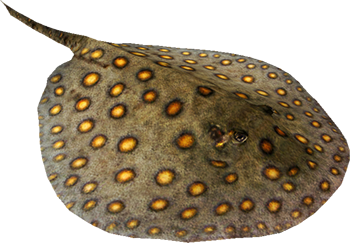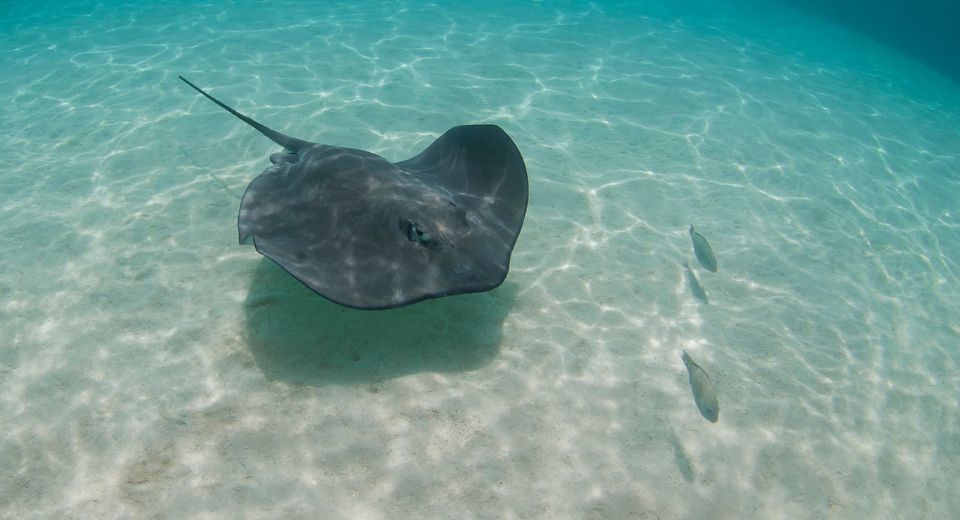
Author: Gale Holmes, Office Manager
Well it is still time for surf, sand, sun, and…stingrays! Our southern beaches are home to thousands of stingrays. According to a 2020 study, Seal Beach had more than 500 stingray injuries and is populated by nearly 20,000 rays. Stingrays love the southern California coastline, from Los Angeles to San Diego. They are mild-mannered, shy, and are the size of dinner plates. They hide in the sand from predators (sharks and seals) and prefer the shallow warm water. Stingrays have an inch-long barb filled with venom and if stepped on or touched, it can cause a painful sting. Sometimes the barb can cause a significant laceration and can break off into the wound. You can immediately feel excruciating pain, which can quickly spread.

Stingray wounds should seek medical care as soon as possible. Whether or not barb fragments are seen in the wound, an X-ray is recommended to visualize any deep fragments below the skin. The medical provider can inject local numbing to help with pain relief and facilitate barb removal. It’s also recommended that you be up to date with your tetanus shot. Most need antibiotics to prevent infections from ocean bacteria as well as skin staph and strep bacteria. Most wounds will be sore for a few days but the initial venom-induced pain can only be relieved by hot water immersion, so obtain that treatment right away.
How to avoid stingray stings? Surf booties or other footwear will unfortunately not help. Barbs can penetrate even thick leather boots. Do what many call the “stingray shuffle” when entering the water. Shuffle your feet in a rapid motion back and forth (like shuffling) to stir up the sand beneath you. This will alert stingrays in the area and they will move to deeper water. If you are fishing and catch a stingray, cut the line before they get too close to the surface. Stingray venom injected above the waist can be deadly. Rays are flexible and can direct their barb all the way over their heads in defense.
So be careful! Remember to shuffle your feet when entering the ocean!
The information provided is for general interest only and should not be misconstrued as a diagnosis, prognosis, or treatment recommendation. This information does not in any way constitute the practice of medicine, or any other health care profession. Readers are directed to consult their health care provider regarding their specific health situation. Marque Medical is not liable for any action taken by a reader based upon this information.

